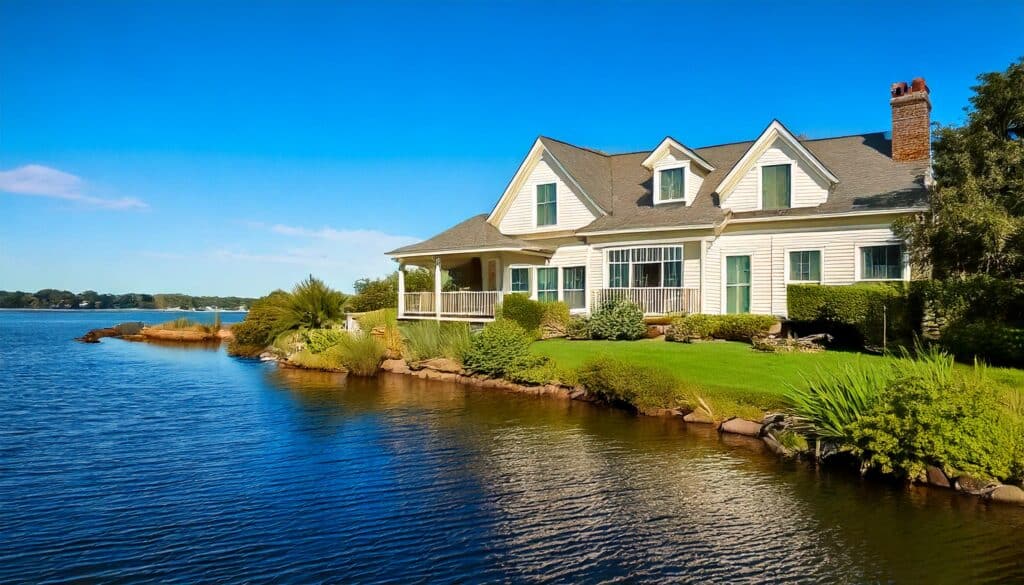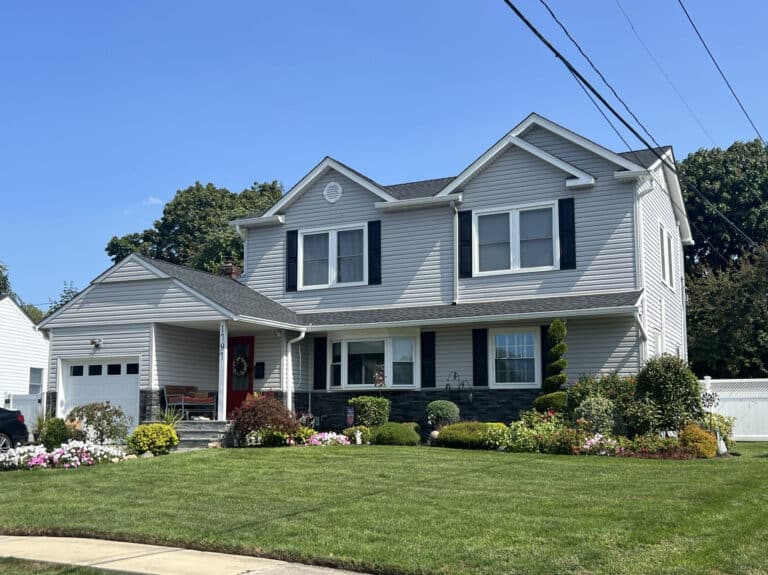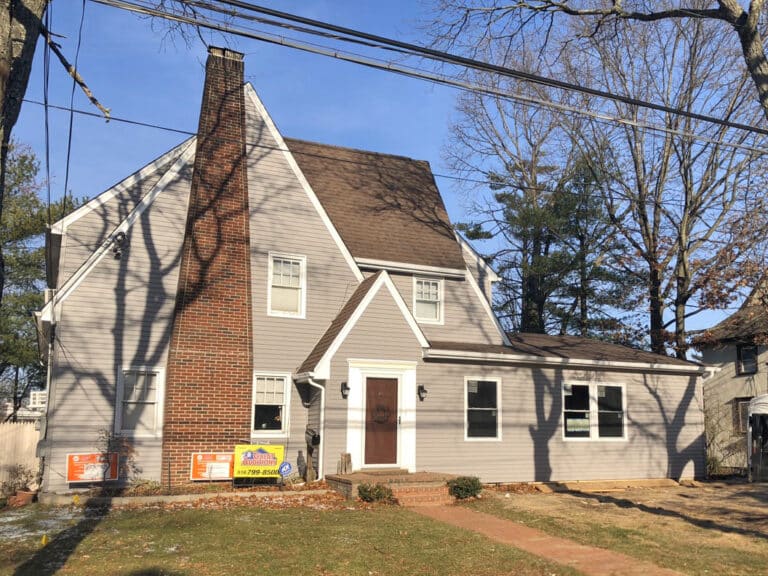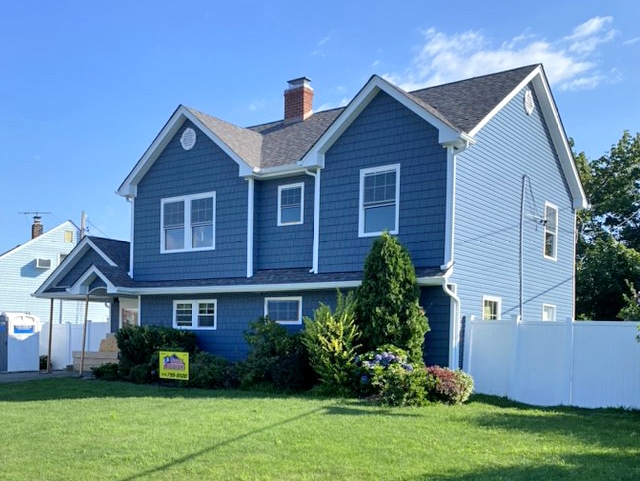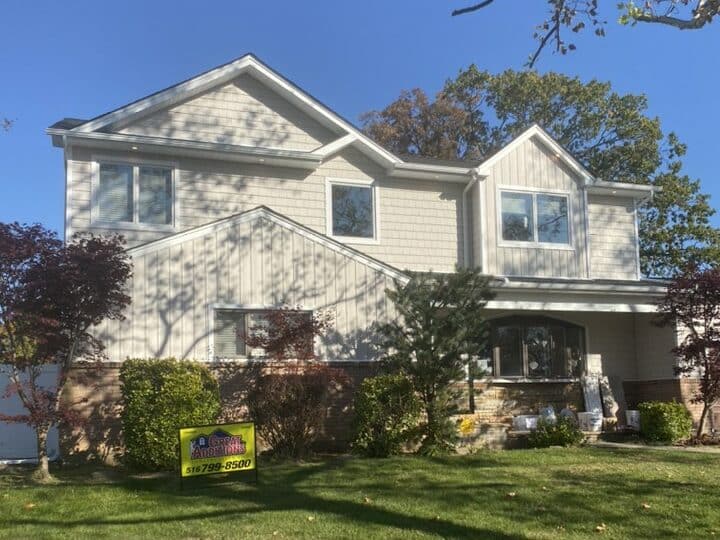Thinking about adding a dormer window to your home? If you’ve started to research dormer window cost, you’ve probably noticed that the price can vary quite a bit.
This article will break down what factors influence the total investment, whether you’re enhancing curb appeal, bringing in more natural light, or creating additional headroom in an attic space. And don’t worry if you’re not sure where to begin—our team at Great Additions Construction Company has seen it all and can offer guidance tailored to your unique situation.
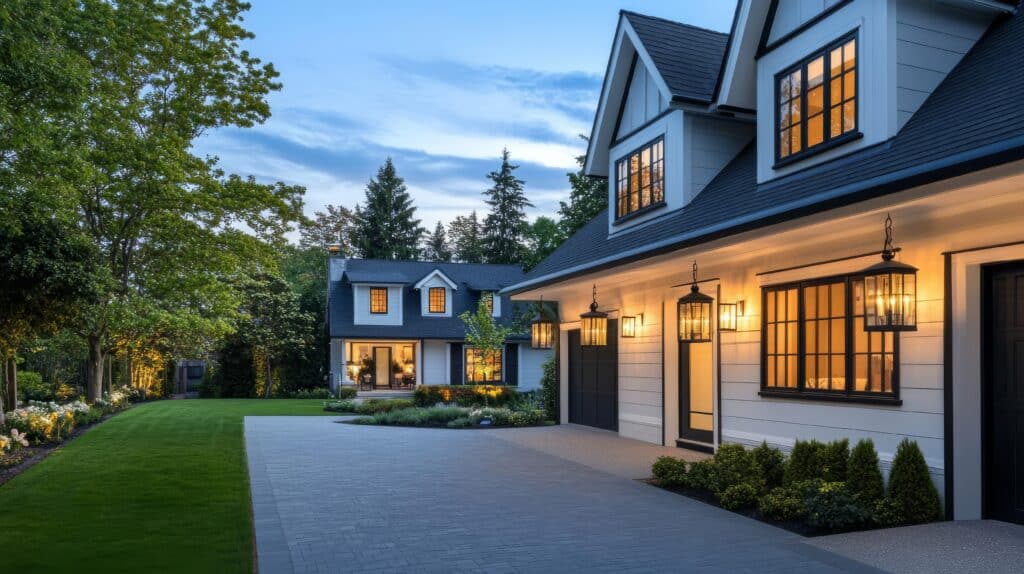
Dormer window costs typically range between $5,000 to $20,000 each, depending on size and style. While this may seem steep, the benefits often outweigh the price tag.
You’ll enjoy more natural light, improved ventilation, and extra living space.
Dormers also enhance your home’s curb appeal, giving it a unique look that stands out. When you factor in the potential increase in home value, these windows can be a smart investment for many homeowners.
Consider your budget and goals carefully before deciding if dormer windows are right for you.
Understanding Dormer Windows
Dormer windows add character and functionality to homes. They bring in light, increase space, and enhance curb appeal.
What is a Dormer Window?
A dormer window is a structural element that projects from a sloping roof, creating additional space and light in an upper-level room. It can dramatically change both the exterior appearance of your home and the interior feel of the space below.
There are various styles—like gable, shed, and hip dormers—and each comes with its own set of design considerations.
Dormers serve several purposes in a home. They let in natural light and fresh air to attic spaces or upper floors. They also add headroom and floor space to rooms with slanted ceilings.
Dormers can turn unused attic space into livable areas. This makes them popular for creating extra bedrooms or home offices.
They’re a key feature in many architectural styles, from Victorian to Craftsman homes.
Different Types of Dormer Windows
There are several dormer styles to choose from. Each has its own look and benefits.
Gable dormers have a peaked roof that forms a triangle above the window. They’re common and work well with many house styles.
Shed dormers have a single sloping roof. They can add lots of space and are great for creating an extra room.
Eyebrow dormers have a curved roof that looks like a raised eyebrow. They’re smaller and add a unique touch to homes.
Hip dormers have a roof that slopes on three sides. They blend well with hip-roofed houses.
Flat dormers have a flat roof. They’re simple and modern-looking.
Benefits of Adding a Dormer
Dormers offer many perks for homeowners. They bring in more natural light, which can make rooms feel bigger and brighter. This extra light can reduce the need for artificial lighting during the day.
Dormers also improve air flow in your home. Opening dormer windows lets fresh air in and helps push out stale air. This can make your home feel more comfortable.
Adding a dormer can create more usable space in your home. You can turn a cramped attic into a cozy bedroom or office. This extra space can boost your home’s value and appeal to buyers if you ever sell.
Dormers also add visual interest to your home’s exterior. They can make your house stand out and improve its curb appeal.
Factors Affecting Dormer Window Costs
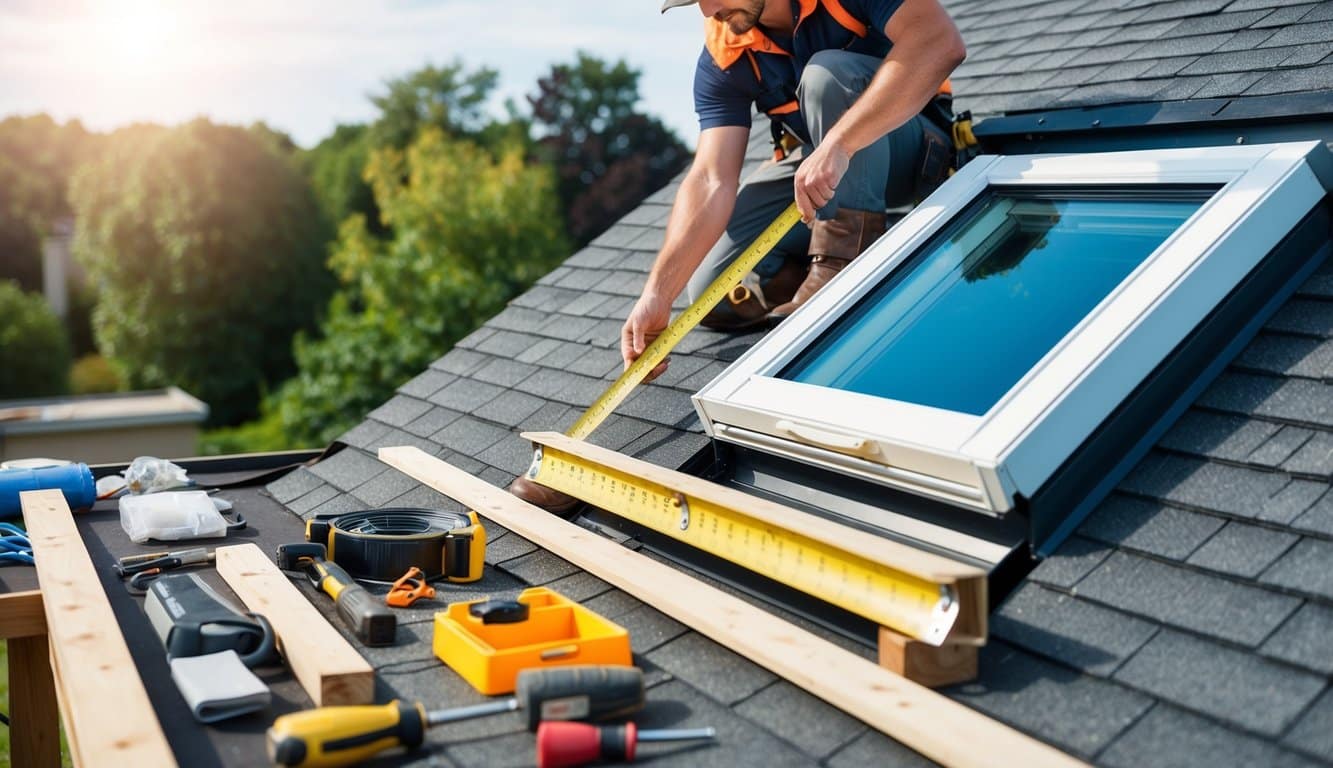
The cost of adding a dormer window to your home depends on several key factors.
These include the materials used, the size and design complexity, and the labor involved in installation.
Materials
The materials used for the window frame, roofing, siding, and interior finishes can significantly influence the overall dormer window cost.
For instance, opting for high-end wood trim or custom roofing tiles will raise expenses, while standard vinyl siding and basic asphalt shingles may help keep the budget in check.
Wood is a common choice for windows, but it’s often more expensive than vinyl or aluminum. High-end materials like copper for flashing or slate for roofing will increase costs.
Insulation and weatherproofing materials also add to the total. Better quality materials tend to cost more but can improve energy efficiency and durability.
Don’t forget about the window itself. Double-pane glass costs more than single-pane but offers better insulation. Custom-shaped windows are pricier than standard sizes.
Size and Complexity
The size of your dormer window plays a big role in determining its cost.
Larger dormers need more materials and take longer to build, driving up both material and labor costs.
Complex designs with unique shapes or multiple angles cost more than simple, straightforward dormers. Gable dormers are often cheaper than shed or eyebrow dormers due to their simpler structure.
Your roof type also matters. Steep roofs or those with unusual shapes can make dormer installation trickier and more expensive.
Labor and Installation Fees
Labor makes up a big part of dormer window costs.
You’ll need to pay for carpenters, roofers, and possibly electricians if you want lighting in the dormer.
The complexity of the design, roof pitch, and any structural modifications required will affect labor costs. If you have a steep roof or require extensive framing, expect higher labor expenses.
You may need to hire an architect to design your dormer and a structural engineer to ensure your roof can support it. These professional fees add to the total cost.
Permit fees and inspections are another expense to consider. These vary by location but are necessary for most dormer projects.
Permits and Inspections
Depending on your location, you may need permits or inspections before installing a dormer.
These administrative costs can add to your final budget, so be sure to factor them in early on.
Check your local municipal guidelines to understand the permit requirements in your area.
Cost Breakdown of Dormer Windows
Dormer windows can add value and space to your home, but their costs vary based on several factors.
The type, size, and design of the dormer play key roles in determining the final price.
Typical Price Range
Dormer window costs typically range from $5,000 to $20,000. Smaller, simpler dormers fall at the lower end of this range.
Larger, more complex designs can cost up to $30,000 or more. Large projects like a second story addition or mother/daughter conversion can and will increase these costs significantly.
The price per square foot for dormers usually falls between $100 and $350. This cost includes materials and labor.
Keep in mind that these are general estimates. Your actual costs may differ based on your location and specific project details.
Cost by Dormer Type
Different dormer styles come with varying price tags. Here’s a breakdown of common types:
- Gable dormers: $4,000 – $15,000
- Shed dormers: $5,000 – $20,000
- Eyebrow dormers: $10,000 – $25,000
- Hip dormers: $15,000 – $30,000
- Flat roof dormers: $12,000 – $25,000
Gable dormers are often the most budget-friendly option. Eyebrow and hip dormers tend to be pricier due to their more complex designs.
Design Considerations
The size and style of your dormer, choice of window, and overall roof design all play a part in your dormer window cost. And while it’s easy to focus solely on the exterior look, don’t forget about the interior layout, too.
You want the added space to feel cohesive with the rest of the home.
A small dormer of 3 feet by 5 feet might cost around $5,000. A large dormer of 10 feet by 12 feet could run up to $30,000 or more.
Design features also affect the price. Adding fancy windows, skylights, or custom trim will increase costs. Simple designs with basic materials will be more budget-friendly.
Your roof type matters too. Steeper roofs or those with complex shapes may need more work to add a dormer. This can drive up the price.
For broader insights on residential architecture trends, explore resources from the National Association of Home Builders.
Pre-Construction Considerations
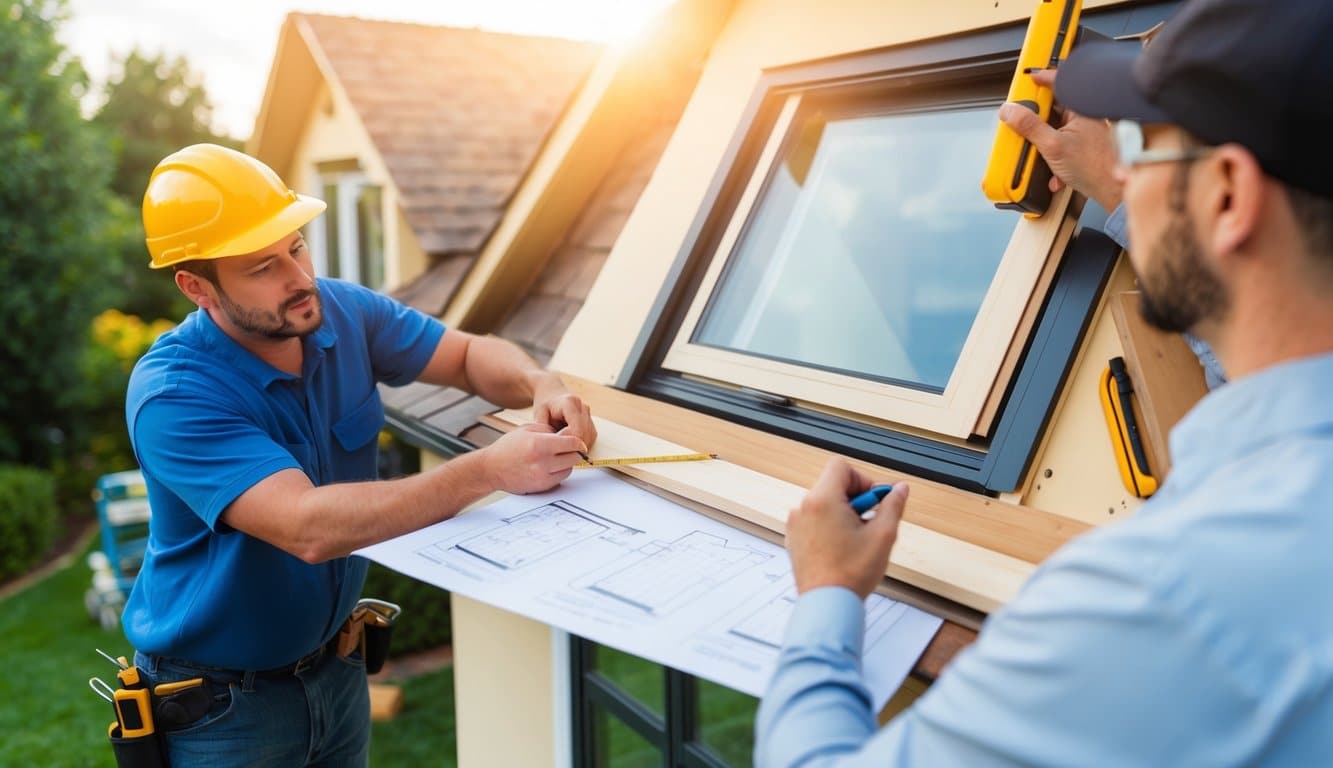
Before adding a dormer window, you need to think about permits, contractors, and your existing roof. These factors impact the project’s success and cost.
Permitting Process
You’ll likely need building permits to add a dormer window. Check with your local building department about requirements.
Permits ensure your project meets safety codes and building standards. The process may include:
- Submitting detailed plans
- Paying fees
- Scheduling inspections
Permit costs vary by location and project size. Factor this expense into your budget.
Getting proper permits helps avoid fines and legal issues later.
Choosing the Right Contractor
Picking a skilled contractor is key for your dormer project. Look for:
- Licensed and insured professionals
- Experience with dormer installations
- Good reviews and references
Get at least three quotes to compare prices and services. Ask about:
- Project timeline
- Materials used
- Warranty options
A trustworthy contractor will explain the process and address your concerns. They should also help with permit applications and inspections.
Impact on Existing Roof
Adding a dormer changes your roof’s structure. Consider:
- Roof age and condition
- Current slope and framing
- Need for reinforcement
Your roof may need extra support for the new dormer. This could mean:
- Strengthening roof trusses
- Adding new framing
- Updating the roof’s slope
These changes affect project cost and timeline. An older roof might need full replacement to ensure a leak-free installation.
Discuss these factors with your contractor to plan for potential repairs or upgrades.
Installation and Additional Work
Adding a dormer window involves complex construction and finishing work. It requires careful planning and skilled labor to ensure proper integration with your existing roof structure.
Construction Process
The first step is cutting an opening in your roof. A structural engineer may need to assess and reinforce the framing.
Roofers will remove shingles and sheathing around the opening. New rafters are installed to support the dormer’s weight.
The dormer frame is built, including the window opening. Sheathing is applied, followed by a water-resistant barrier.
Flashing is crucial to prevent leaks where the dormer meets the main roof.
Roofing materials are then installed to match your existing roof. This typically includes underlayment and shingles.
The window is set in place and properly sealed.
Interior and Exterior Finishing
Exterior finishing involves siding or cladding the dormer walls to match your home. Options include vinyl, wood, or fiber cement.
Trim is added around the window and edges for a polished look.
Inside, framing is completed around the new space. Insulation is installed in the walls and ceiling.
Drywall is hung, taped, and finished. You’ll need to prime and paint the new surfaces.
Electrical work may be needed for lighting or outlets. Flooring might require patching or extending to cover the new area.
Ensuring Proper Insulation and Ventilation
Good insulation is key for energy efficiency. Use high-quality insulation in the dormer walls, ceiling, and floor.
Pay special attention to sealing gaps around the window.
Proper ventilation prevents moisture buildup and extends the life of your roof.
Soffit vents allow air to enter, while ridge vents let it escape. This creates a flow of air through the attic space.
Consider adding a small vent in the dormer itself if needed. Proper airflow helps regulate temperature and prevent ice dams in winter.
Post-Installation Aspects
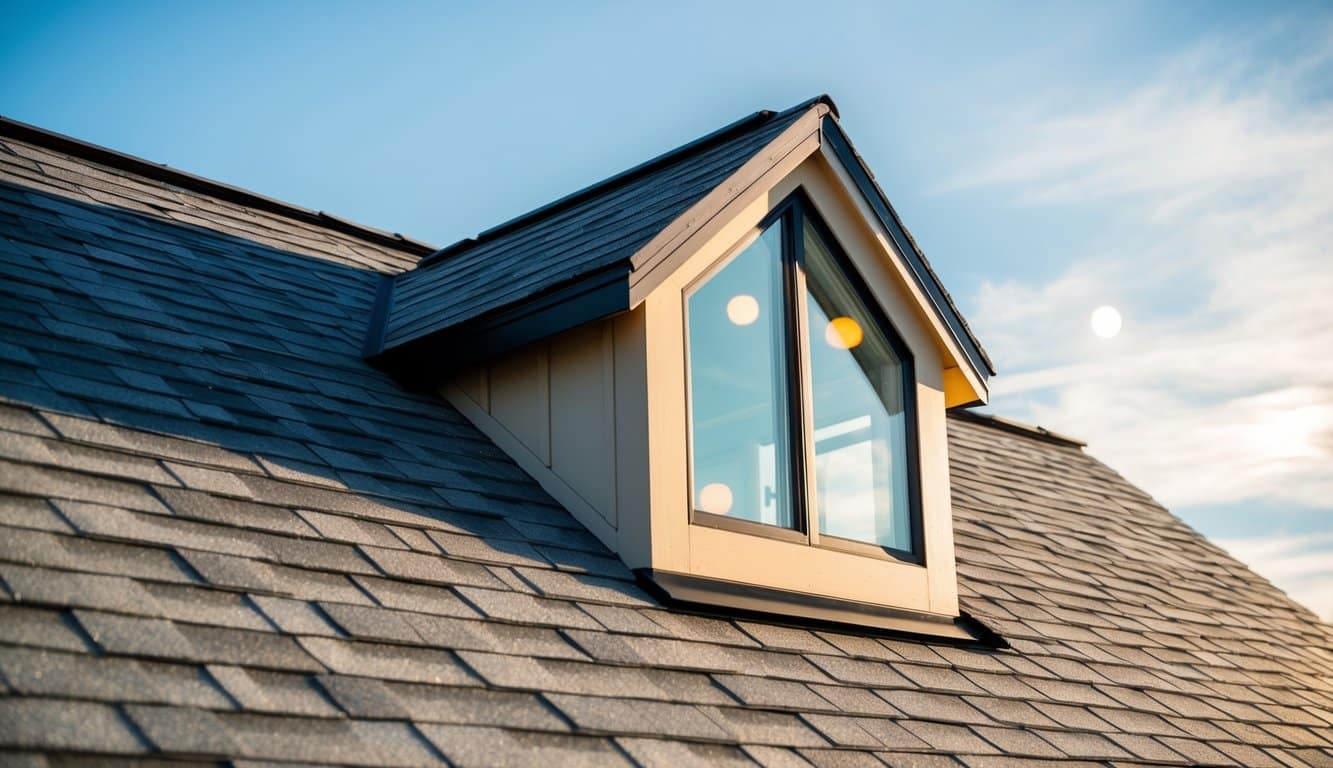
Adding dormer windows can impact your home long-term. Consider ongoing care, repair needs, and value changes.
Warranty and Repairs
Dormer windows often come with warranties. These usually cover defects in materials and workmanship.
Warranties may last 10-20 years for the window itself. The installation might have a separate, shorter warranty.
Check your warranty details carefully. Some may not cover damage from extreme weather or accidents. Keep your warranty paperwork safe.
If you need repairs, contact the installer first. They may offer free fixes under warranty.
For issues outside warranty, you might need to hire a window repair specialist.
Maintenance Considerations
Dormer windows need regular care to stay in good shape. Clean the glass and frames at least twice a year.
Use a mild soap and soft cloth to avoid scratches.
Check the seals and caulking yearly. Replace any cracked or missing caulk to prevent leaks.
Look for signs of rot or pest damage in wooden frames.
You may need to repaint wooden dormers every few years. This helps protect them from moisture and sun damage.
Inside, check for drafts or condensation. These can point to seal problems or poor insulation.
Evaluating Return on Investment
Dormer windows can boost your home’s value. They add space and light, which buyers like.
The exact value increase depends on your area and the quality of the installation.
Think about how long you plan to stay in your home. If you’re selling soon, you might not recoup all costs.
But if you’re staying longer, you’ll enjoy the benefits for years.
Dormers can also cut energy bills by letting in more natural light. This might lower your need for electric lighting during the day.
Compare your costs to similar homes with dormers in your area. This can give you an idea of the potential value increase.
Additional Features and Enhancements
Dormer windows offer more than just extra space. You can add custom features to make them more functional and enjoyable. These upgrades can turn your dormer into a cozy spot or a productive workspace.
Incorporating a Window Seat or Reading Nook
A window seat can make your dormer a perfect relaxation spot. You can add built-in benches with storage underneath. This gives you a place to sit and extra room for books or blankets.
Cushions and pillows make the seat comfy. You might also add shelves on the sides for more storage.
For a reading nook, install good lighting. A small table or shelf can hold drinks or snacks.
You could even add electrical outlets for charging devices. Make sure the seat is wide enough to curl up with a book.
Options for a Home Office
Your dormer can become a great home office. Start with a desk that fits the space well.
You might choose a custom-built desk to maximize room. Add shelves or cabinets above for storage.
Good lighting is key for a workspace. Install task lighting on the desk.
You may want to add outlets for computer equipment. A small file cabinet can fit under the desk for papers.
Consider privacy options like blinds or curtains. This helps control light and gives you a more secluded feeling when working.
Lighting and Shade Solutions
Proper lighting makes your dormer more useful and comfy. Natural light is great, but you’ll need options for nighttime or cloudy days.
Install overhead lights for general brightness. Add task lighting near seats or desks.
For shade, you have many choices:
- Blinds
- Curtains
- Shades
- Shutters
Pick options that match your style and needs. Some choices let you control light levels easily. Others may offer better insulation.
Smart lighting systems can let you adjust brightness and color. This helps create the right mood for any activity in your dormer space.
Financing and Budgeting for Your Dormer Window

Adding a dormer window to your home involves careful financial planning. You’ll need to estimate costs, explore funding options, and prepare for unexpected expenses.
Estimating Your Total Investment
The cost of your dormer window project can vary widely. Factors that affect the price include size, materials, and labor costs in your area.
A basic dormer might start around $5,000, while more complex designs could reach $30,000 or more.
Get at least three quotes from trusted contractors. This will give you a realistic idea of your total investment.
Don’t forget to account for permits, which can add $500 to $2,000 to your budget.
Consider the long-term value as well. A dormer window can increase your home’s value by 10-20% of the project cost.
Consult CostHelper’s guidelines for a rough overview and estimate of your home remodeling project cost.
Exploring Financing Options
You have several choices to fund your dormer window project:
- Home equity loans
- Personal loans
- Credit cards (for smaller projects)
- Cash savings
Home equity loans often offer the best interest rates. They use your house as collateral.
Personal loans are another option if you don’t want to tap into your home equity.
Some contractors offer financing plans. Be sure to compare their rates with other options.
Credit cards should be a last resort due to high interest rates.
Planning for Unexpected Costs
Set aside 10-20% of your budget for surprises. Common unexpected costs include:
- Structural issues discovered during construction
- Code upgrades required by inspectors
- Changes in material prices
Keep a close eye on your project timeline. Delays can lead to extra labor costs.
Make sure your contract includes a clear payment schedule tied to project milestones.
Consider getting builder’s risk insurance. This can protect you from theft or damage during construction. The cost is usually 1-5% of your total project budget.
Frequently Asked Questions
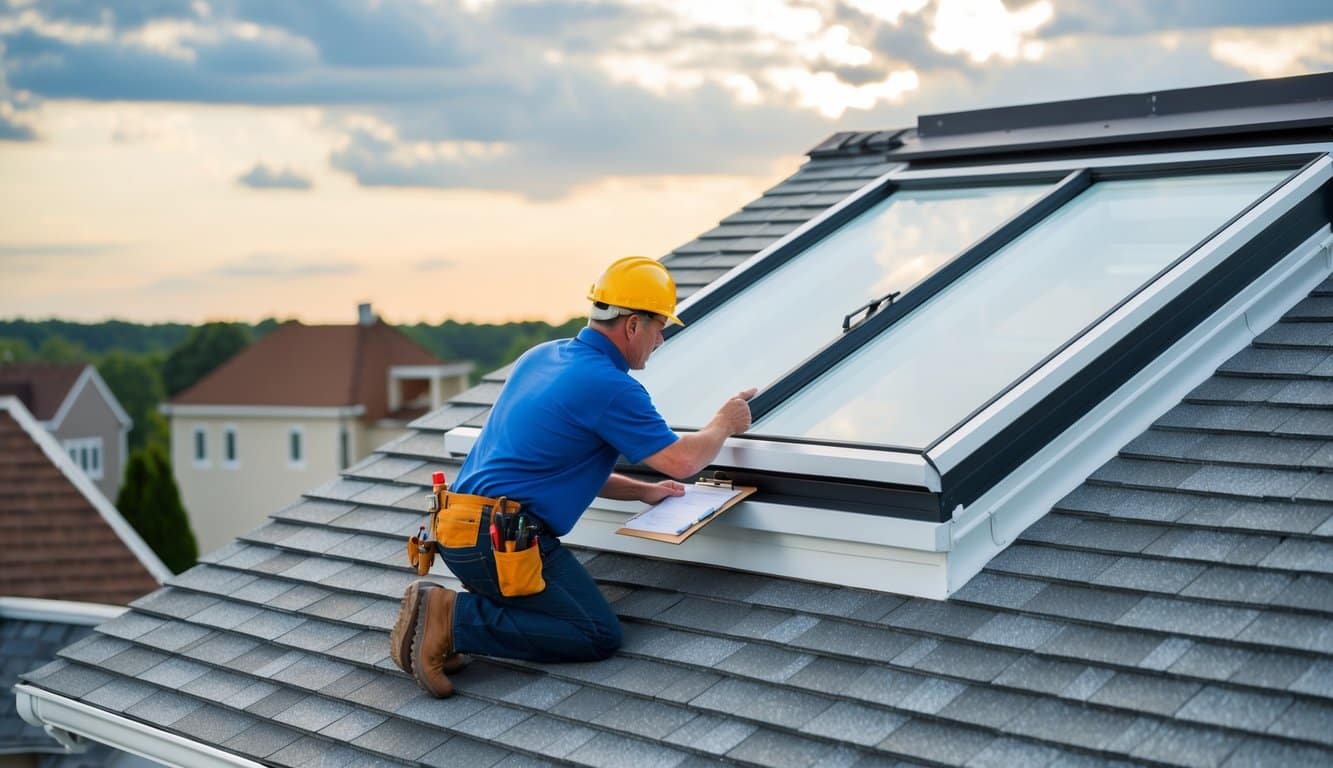
Dormer windows can add value and style to homes. Many homeowners have questions about costs, permits, and other factors to consider.
What is the average cost per square foot for installing a dormer window?
Dormer window costs vary widely. You can expect to pay $100 to $350 per square foot on average. Factors like size, materials, and complexity affect the price.
How can I calculate the cost of a dormer addition?
To estimate dormer costs, measure the area in square feet. Multiply this by the average cost per square foot in your area.
Add extra for permits, design work, and unexpected issues.
Are there significant cost differences between types of dormer window styles?
Yes, dormer styles impact costs. Gable dormers are often cheapest. Shed dormers cost more due to their larger size. Eyebrow dormers are pricey because of their curved design.
Can installing dormer windows increase the resale value of my home?
Dormer windows can boost home value. They add space, light, and curb appeal.
The return on investment varies but can reach 70-80% of the project cost in some cases.
What permissions are required for adding a dormer window to a property?
You’ll likely need building permits. Check with your local planning office.
Some areas require approval from homeowners’ associations too. Historic districts may have extra rules.
What factors influence the overall cost of constructing a dormer?
Size is a big cost factor. Larger dormers cost more.
Materials choice matters too. Labor rates in your area affect pricing.
Roof pitch and existing structure also impact costs.
Should You DIY or Hire a Professional?
Some homeowners think about tackling a dormer addition themselves, but this is a complex project involving framing, roofing, and potential electrical or plumbing relocation.
Improper installation can lead to water leaks or structural issues. In most cases, hiring an experienced professional will give you peace of mind and a better long-term outcome.

